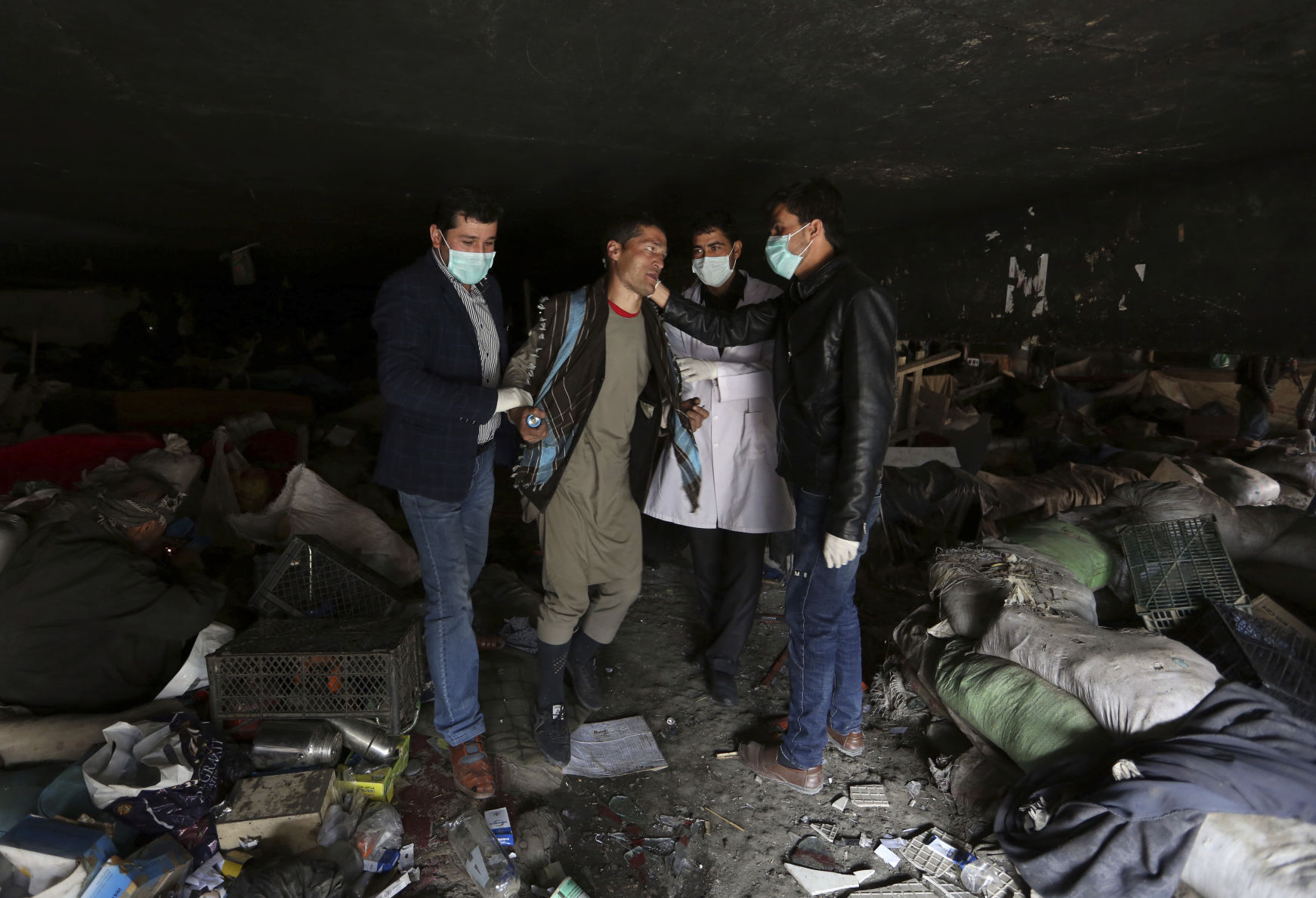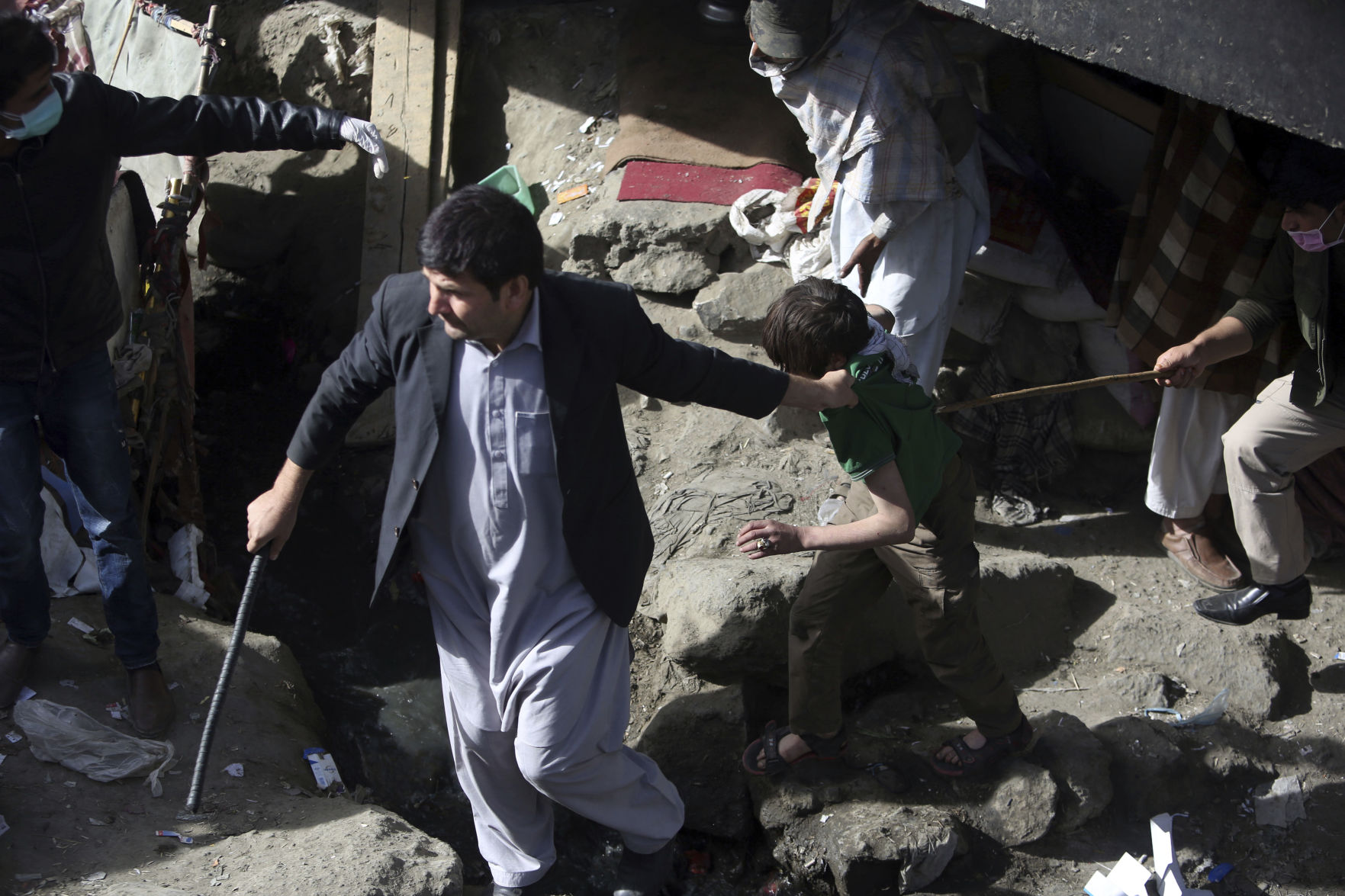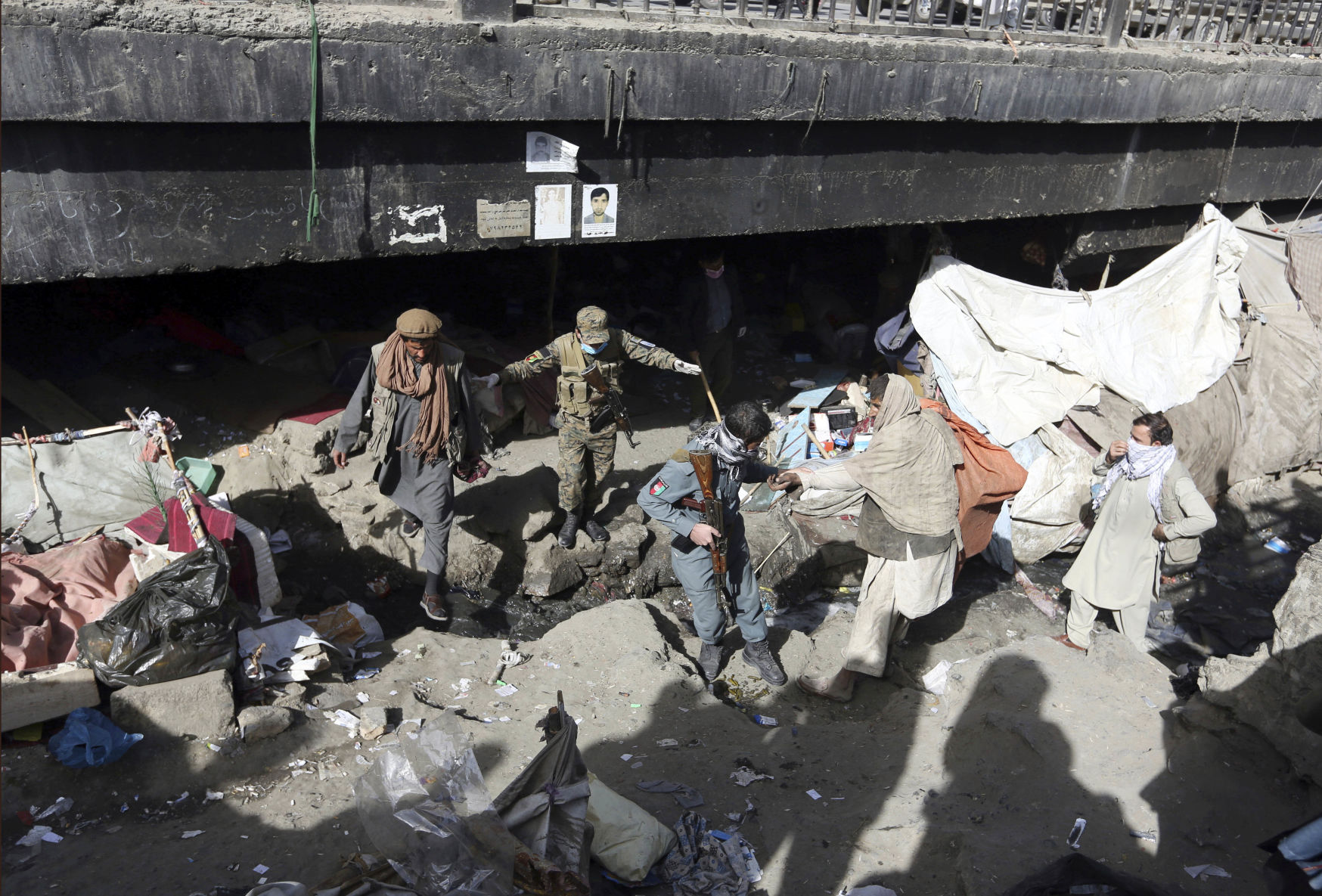KABUL, Afghanistan (AP) — Afghan police and health workers fan out twice a year across Kabul and under the city’s bridges, to round up drug addicts and try and get them help. The young men, most of who survive on
KABUL, Afghanistan (AP) — Afghan police and health workers fan out twice a year across Kabul and under the city’s bridges, to round up drug addicts and try and get them help.
The young men, most of who survive on the street by feeding off garbage and begging or stealing money for their next fix, are then taken to a rehab center where they spend the next three months trying to kick the habit before they are reunited with their families.
The process is part of a new campaign in the country with one of the highest rates of drug use in the world, with an estimated 3 million addicts — around 10 percent of the population of 30 million. Afghanistan is also the world’s main source of opium and heroin.
On Tuesday, the police sweep in the Afghan capital got more than 150 addicts off the streets of Kabul, according to Abbas Farasoo, spokesman for the counter-narcotics department.
At the rehab center, along with medical treatment, the young men will get some skill training, mostly as carpenters or car mechanics, Farasoo said. The challenges are huge, he acknowledged, with the number of Kabul addicts still on the rise and higher than the year before.
There are also believed to be at least 40,000 intravenous drug users in Afghanistan, making them vulnerable to HIV and other infections. The U.N. estimates that around 7,000 people in the country live with HIV and believes the epidemic is mainly centered among those injecting drugs.
For authorities, the fight against narcotics is also the fight against the Taliban, who control and run the opium and heroin trade from the south, where the vast poppy fields are located. The Taliban have been waging war against the Afghan government since 2001, are heavily involved in poppy growing.
The militants’ growing control in the south has meant that government eradication efforts have almost completely halted, while cultivation of the flower has grown by 10 percent.
———
Associated Press Writer Amir Shah in Kabul, Afghanistan, contributed to this story.




